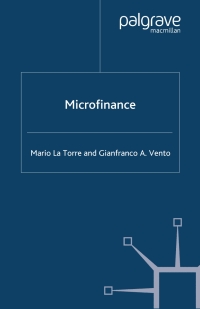The interest group theory" indicates that the diverse interests of constituencies (the interest groups) should be considered and reconciled in the accounting standard setting process. The issuance of standard on employee stock options (ESOs) by the FASB is a good example. In June 1993, the FASB issued exposure draft proposing to record expense of ESOs based on fair value. However, the proposal faced strong opposition from large corporations and the U.S. Congress. As a result, the proposal was dropped in 1994. For details, please refer to Chapter 8 notes pages21-23. Required: Use the interest group theory to analyze who are the major constituents in this example and what are their primary interests in the ESOs expensing, Question 10 (6 marks) "The interest group theory indicates that the diverse interests of constituencies (the interest groups) should be considered and reconciled in the accounting standard setting process. The issuance of standard on employee stock options (ESOs) by the FASB is a good example. In June 1993, the FASB issued exposure draft proposing to record expense of ESOs based on fair value. However, the proposal faced strong opposition from large corporations and the U.S. Congress. As a result, the proposal was dropped in 1994. For details, please refer to Chapter 8 notes pages21-23. Required: Use the interest group theory to analyze who are the major constituents in this example and what are their primary interests in the ESOs expensing. Question 10 (6 marks) "The interest group theory" indicates that the diverse interests of constituencies (the interest groups) should be considered and reconciled in the accounting standard setting process. The issuance of standard on employee stock options (ESOs) by the FASB is a good example. In June 1993, the FASB issued exposure draft proposing to record expense of ESOs based on fair value. However, the proposal faced strong opposition from large corporations and the U.S. Congress. As a result, the proposal was dropped in 1994. For details, please refer to Chapter 8 notes pages21-23. Required: Use the interest group theory to analyze who are the major constituents in this example and what are their primary interests in the ESOs expensing. The interest group theory" indicates that the diverse interests of constituencies (the interest groups) should be considered and reconciled in the accounting standard setting process. The issuance of standard on employee stock options (ESOs) by the FASB is a good example. In June 1993, the FASB issued exposure draft proposing to record expense of ESOs based on fair value. However, the proposal faced strong opposition from large corporations and the U.S. Congress. As a result, the proposal was dropped in 1994. For details, please refer to Chapter 8 notes pages21-23. Required: Use the interest group theory to analyze who are the major constituents in this example and what are their primary interests in the ESOs expensing, Question 10 (6 marks) "The interest group theory indicates that the diverse interests of constituencies (the interest groups) should be considered and reconciled in the accounting standard setting process. The issuance of standard on employee stock options (ESOs) by the FASB is a good example. In June 1993, the FASB issued exposure draft proposing to record expense of ESOs based on fair value. However, the proposal faced strong opposition from large corporations and the U.S. Congress. As a result, the proposal was dropped in 1994. For details, please refer to Chapter 8 notes pages21-23. Required: Use the interest group theory to analyze who are the major constituents in this example and what are their primary interests in the ESOs expensing. Question 10 (6 marks) "The interest group theory" indicates that the diverse interests of constituencies (the interest groups) should be considered and reconciled in the accounting standard setting process. The issuance of standard on employee stock options (ESOs) by the FASB is a good example. In June 1993, the FASB issued exposure draft proposing to record expense of ESOs based on fair value. However, the proposal faced strong opposition from large corporations and the U.S. Congress. As a result, the proposal was dropped in 1994. For details, please refer to Chapter 8 notes pages21-23. Required: Use the interest group theory to analyze who are the major constituents in this example and what are their primary interests in the ESOs expensing









